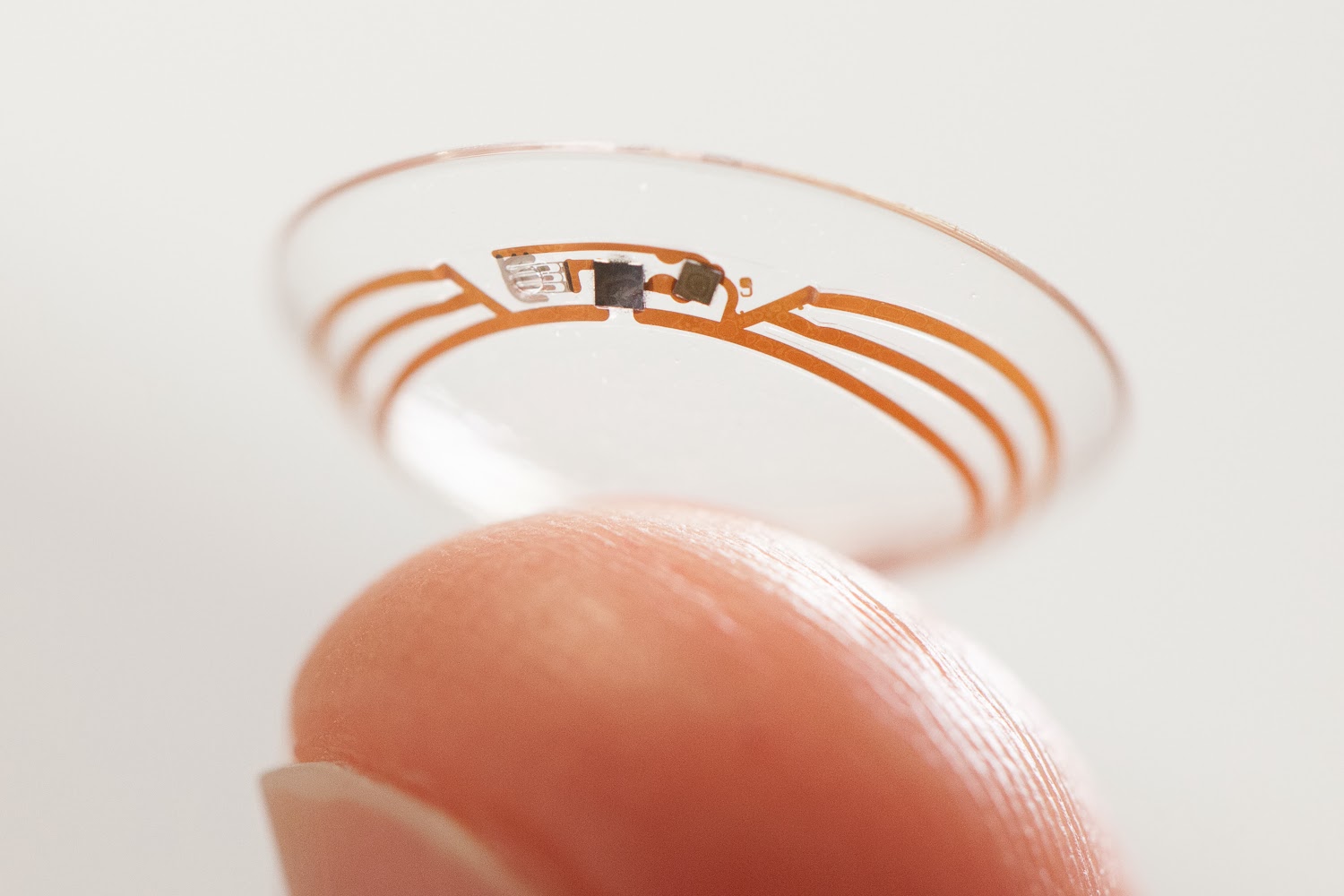Seemingly discontent at revolutionising how people and businesses search, consume, analyse, store and communicate information, Google has now turned its innovative hand to helping diabetics.
The internet giant has revealed it is prototyping a smart contact lens that’s built to measure glucose levels in tears, meaning diabetics would no longer have to test their blood to monitor their glucose levels.
Diabetes affects one in 19 people, who face the daily challenge of avoiding the potentially dangerous consequences of not keeping their blood sugar levels under control
Google’s solution would use a tiny wireless chip and miniaturised glucose sensor embedded between two layers of soft contact lens material, which would generate a reading once per second.
The company is also investigating the idea of integrating tiny LED lights that indicate when glucose levels become a concern for wearers.
>See also: Google acquires gesture recognition start-up Flutter
‘It’s still early days for this technology,’ said the project’s co-founders Brian Otis and Babak Parviz in a blog posted yesterday, ‘but we’ve completed multiple clinical research studies which are helping to refine our prototype.
‘We hope this could someday lead to a new way for people with diabetes to manage their disease.’
According to Otis and Parviz, scientists have been investigating the potential for body fluids to help track glucose levels for years, but tears have proven too difficult to collect and study.
‘At Google, we wondered if miniaturized electronics—think: chips and sensors so small they look like bits of glitter, and an antenna thinner than a human hair—might be a way to crack the mystery of tear glucose and measure it with greater accuracy,’ they said.
‘Many people I’ve talked to say managing their diabetes is like having a part-time job. Glucose levels change frequently with normal activity like exercising or eating or even sweating. Sudden spikes or precipitous drops are dangerous and not uncommon, requiring round-the-clock monitoring.’
Google is in discussions with the FDA (US Food and Drug Administration) regarding the project, and is on the hunt for partners to help bring the product to market.
‘We’ve always said that we’d seek out projects that seem a bit speculative or strange,’ the blog concluded, ‘and at a time when the International Diabetes Federation (PDF) is declaring that the world is “losing the battle” against diabetes, we thought this project was worth a shot.’







